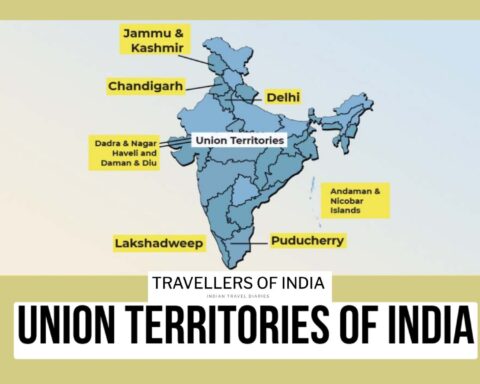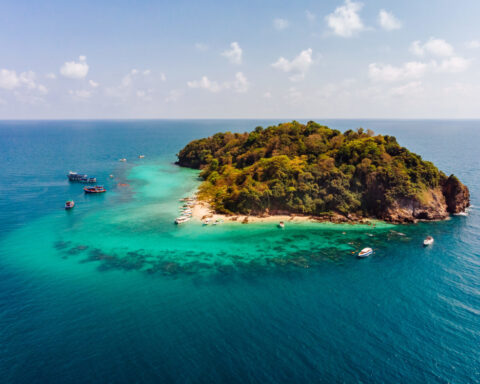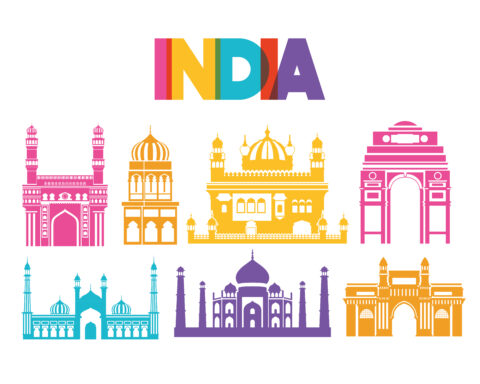From beaches to mountains to endless rows of trees, India is an ecologically diverse country with endless natural destinations. A core aspect of India’s identity is our biodiversity and ecological heritage. From the 1970s Chipko movement to ongoing conservation battles for the Western Ghats, Sundarbans, and Manas against industrial threats, our commitment to protecting our green cover is unwavering. This legacy of activism continues with protests against developments threatening the Bandipur Tiger Reserve, the felling in Khalanga Reserve Forest, and the potential massive deforestation in Chhattisgarh’s Hasdeo forest. India is nature-centric and has always been, but with rapid urbanization, the question arises. Will it remain the same in the future? How about some 20 years from now? Let us explore how we are adapting to the pressures of urban expansion and where India is heading in this matter.
This article explores how urban development is reshaping India’s cities and its profound impact on the natural environments that have defined Indian civilization for centuries.
Urbanization and Its Heat Impact
India is urbanizing, and cities are transforming at an unprecedented rate, but this also leads to a significant increase in regional temperatures. A recent study by Soumya Satyakanta Sethi & V. Vinoj in the Nature journal sparks concerns. It points out that urbanization alone has enhanced warming in Indian cities by 60%, with eastern Tier-II cities experiencing the most severe impacts. This rapid transformation, driven by socioeconomic changes, makes urban areas subject to climate vulnerabilities like flash floods, droughts, and extreme temperatures.
The Loss of Urban Commons
Over a century ago, Bengaluru faced intense water scarcity with a population of just 4.5 lakh. Today, with a population nearing 10 million, the city’s expansion has led to the depletion of lakes and the loss of green spaces. Researchers note that rapid urbanization has eroded the common urban resources that were once freely accessible and benefited the entire community. The loss of these spaces has a negative effect, not only on urban ecology but also on the city’s social fabric.
Development at the Cost of Ecology
The Great Nicobar Islands are about to undergo a massive development project worth Rs. 750 billion. This includes a container terminal, an airport, and a township. The project will result in the felling of over 852,000 trees and potentially devastate the local rainforest ecosystem. This move will obviously have a devastating impact on the native wildlife such as leatherback turtles and tribal groups.
Similarly, Mumbai has observed a decline of over 42.5% in urban green cover over the past three decades. The Aarey Forest, often referred to as “Mumbai’s last green lung,” spread over 1,800 acres, is also threatened by multiple development projects. Forest rights activist Prakash Bhoir, a resident of one of the tribal villages in Mumbai’s Aarey, says, “We are not afraid of snakes or leopards, we are afraid of Vikas (development)!” These are just some examples that should make us contemplate and question. What are we doing to balance economic growth and ecological preservation?
India’s ambitious Smart City Mission aims to turn Indian cities into focal points of economic and technological advancement. This vision, however, often sidelines the natural ecosystems that have sustained human populations for centuries. Our immediate challenge is integrating ecological commons into urban landscapes to ensure that development does not come at the cost of the environment.
Rethinking Urban Landscapes
![]()
To prosper, India must redefine urban planning and create resilient urban environments that can withstand the challenges posed by climate change and rapid development. Here are some ways we could move forward:
Incorporating Green Infrastructure
Cities must embrace strategies that include natural spaces such as lakes, groves, and rivers, recognizing their role in supporting biodiversity, minimizing urban heat island effects, and enhancing air quality. By implementing the Sponge City Concept, we can absorb rainwater, reduce flooding, and recharge groundwater. It will allow us to manage floods by strengthening green infrastructures instead of relying on drainage systems. Moreover, encouraging biophilic design, such as vertical gardens and green walls, can help us reduce our carbon footprint and stress while promoting sustainable initiatives in the city.
Water and Waste Management
Advanced water recycling systems can help urban areas recycle wastewater for non-potable purposes and conserve freshwater resources. Promoting decentralized waste management by encouraging segregation at the source and recycling helps reduce landfill use and enhance urban cleanliness. Waste-to-energy projects are also beneficial as they convert municipal waste into energy, managing waste efficiently while generating power.
Digital and Physical Infrastructure Integration
We can learn to leverage technology and urban mobility solutions to reduce congestion and pollution in cities. Key strategies include developing efficient public transport systems, using route optimization tools, and promoting non-motorized transport like cycling paths. IoT-based Smart urban planning is still a concept but holds great potential. It includes using small, interconnected, sensor-based devices to create a bigger picture of the city’s overall environmental health. Through analytics and AI, we can use this data to plan efficient urban resource management and infrastructure development.
Community Involvement and Policy Engagement
India is home to 6 of the world’s 20 most unsustainable mega cities, but only 38.8% of the population believes that climate change is a real threat. To foster environmental awareness, we need to emphasize sustainability in education programs and help children develop a lasting bond with the environment. Channels that allow private entities to contribute to urban development are crucial. Involving local representatives in sustainability efforts ensures that sustainability becomes a national concern. Lastly, exploring and talking about nature helps cultivate a sense of community and shared responsibility in making urban environments more livable.
Indian cities must evolve from being mere centers of economic activity to resilient ecosystems to create a better future for generations to come. It is clear that the only path forward is balancing development and nature conservation while ensuring that our rich ecological heritage is preserved even in the most urban spaces.
Author Bio:

Kaif Shaikh is an Ahmedabad-based Journalist and Writer. He writes about technology, geopolitics, and sustainability. His career includes significant contributions to the Times of India and leadership roles in content strategy at Web Ache Solutions. Kaif’s expertise lies in transforming intricate complex subjects into relatable narratives.




